Learn
|
While the government was careful to intervene when big business became "too big", it was rather complacent in matters dealing with working conditions inside the factories. During the late 1800s there were minimal regulations governing working conditions in factories. Tragedies, such as the Triangle Shirtwaist Factory fire, were all too common. By today's standards, the conditions were unsafe and deplorable. Men, women, and children worked 15 hour days in a hot and noisy atmosphere. Work injuries were common and uncompensated, leaving many families desperate for income. Such conditions inspired workers to organize in an effort to improve the livelihood and future of their friends and family. On March 25, 1911 a tragic event occurred in the Triangle Shirtwaist Factory in New York City. Because safety concerns had not been addressed by the owners or the government, a fire in the building resulted in the deaths of 146 workers. On that fateful Saturday afternoon around 600 workers, mainly immigrant women and teenage girls were beginning to leave when a fire broke out on the eighth floor. In just a few short minutes panic set in as the fire spread rapidly to the ninth and tenth floors due to large amounts of cloth in all the rooms. Many women had just a few seconds to decide which way to go – toward one of the doors, the windows, or try to get to an elevator. Although several women climbed onto a fire escape, it quickly collapsed. On the ninth floor, the situation was especially dire as workers realized too late that one of the doors was locked and they became trapped. In desperation, over 50 women jumped out of the windows from the ninth floor to the pavement below. Thus, the scene was horrific and made a lasting impression on many in New York City. An effect of this tragic event was a clear need for government reform in response to the unsafe working conditions at the factory and many other sweatshops in the United States at the time. Over time, laws were passed to protect workers and required business owners to comply with government regulations.
Read the quote below from a 19th century Homestead mill laborer: "Hard! I guess it's hard...I lost forty pounds the first three months I came into this business. It sweats the life out of a man. I often drink two buckets of water during twelve hours; the sweat drips through my sleeves, and runs down my legs and fills my shoes." Quote citation"The Steel Business: The lot of a steel worker" PBS American Experience. Web. 10 March 2014 <http://www.pbs.org/ wgbh/amex/carnegie/ sfeature.html>. As the laborer in the Homestead mill noted, life in 19th century American factories was grueling. The hours were long, the work was dangerous, and the pay was minimal. Men, women, and children alike worked alongside each other with little job security. As challenging as the conditions were, there was ample supply of eager new workers to take their place. Watch Immigrant Workers and the American Dream (1:15) and Factory Workers – Slaves of the Machines (1:16) to learn more about life in the typical 19th century. Photograph Citations: Views of the Kalamazoo Corset Company factory, located at the corner of Church and Eleanor streets in Kalamazoo, MI. Image. Wikimedia Commons. Web. 18 June 2014. <https://commons.wikimedia.org>. Triangle Shirtwaist Factory Fire, 1911. Image. Wikimedia Commons. Web. 22 June 2021. <https://commons.wikimedia.org>.
During the Gilded Age, big business boomed as the markets for steel, oil, coal and other materials expanded. The demand for such products was so great that often unreasonable pressures were placed on workers to produce products. Over time, the long hours, low pay, and harsh working conditions caused workers to become increasingly frustrated and inspired them to demand change. Learning that their protests were stronger when in unison, workers began to unite and organize labor unionsan organization that represents the interests of workers as a means to effect change and to help coordinate their efforts. Though the results were mixed, the unions of the period managed to enact some level of reform and brought much needed national attention to the plight of the working class. Us vs. Them - such was the division between factory workers and factory owners. The "for us" or "against us" attitude separated the two groups that depended upon one another for survival. The emergence of labor unions further alienated the two sides as the unions brought their protests into the public arena with strikes, boycotts, and acts of sabotage in order to draw attention to the plight of the workers. These legal, and sometimes illegal, techniques often drew outside criticism and often turned public opinion away from their respective cause. Industry leaders also became more effective at preventing or curtailing strikes by hiring scabs (replacement workers) to undercut the unions' efforts. but usually also the concessions workers so desperately wanted. Labor unions and labor activities have varied over time. Some unions have traditionally been more radical in their pursuits; whereas, others have been less radical and more apt to focus on the "bread and butter" issues of wages and hours. While some labor unions supported violent acts and sabotage, other unions chose less controversial tactics such as boycotts or peaceful strikes. Though the tactics and beliefs of the unions have varied, they all ultimately sought to improve the working conditions for the nation's laborers. By the end of the 1800s, labor unions and labor strikes had become commonplace and the subject of much discussion. Despite the controversy, labor unions inspired positive change in the United States by instituting shorter work days, higher pay, better benefits, and safer working conditions.
Photograph Citations (left to right): Founders of the Knights of Labor. IRC, 2005.Image. Discovery Education. Web. 23 February 2014. <http://www.discoveryeducation.com/>. "The Homestead Riot". IRC, 2005.Image. Discovery Education. Web. 23 February 2014. <http://www.discoveryeducation.com/>. In the years following the Civil War, workers began to unite under the leadership of such organizations as the AFL, Knights of Labor, and the IWW. These unions helped coordinate strikes, boycotts, and other acts of protest in an effort to achieve change inside the factories. The American Federation of Labor(AFL) was a labor union that organized smaller craft unions and skilled workers. It was formed in 1886 by Samuel Gompers who served as its president until his death in 1924. The AFL was the foremost national labor organization until the Great Depression when unskilled workers finally came together.The AFL merged with its rival, the Congress of Industrial Organizations (CIO), in 1955. Today, the AFL-CIO continues to be one of the most influential labor unions in the America. 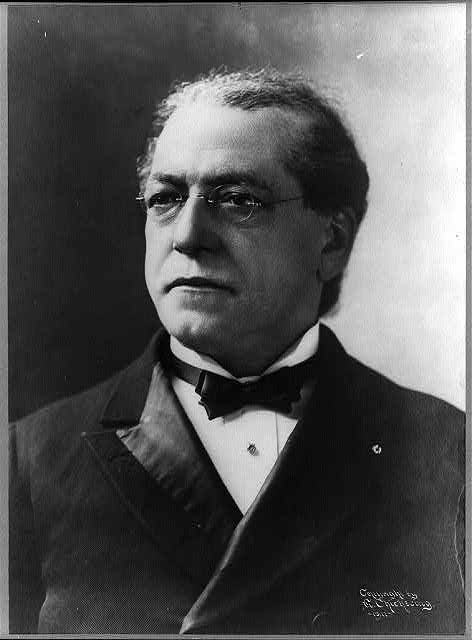
The Knights of Labor was alabor union organized in 1869 that allowed all workers, including unskilled workers, women, and African- Americans. The Knights of Labor was one of the largest unions until one of its chapters led a rally that turned violent in May of 1886. During the Haymarket Square Riot in Chicago, a bomb was thrown into the crowd, killing one police officer. 
Eugene V. Debs , known as the Father of American Socialism, was the founder of the American Railway Union in 1892. It was after he spent six months in jail :or leading the great Pullman Strike, one of the largest strikes n U.S. history, that he became a socialist. Federal troops were called in to restore order after the strike by railway workers erupted into chaos. Eugene V. Debs ran for President as a socialist in 1900. 
The Industrial Workers of the World (IWW), also known as the "Wobblies" was a labor union founded in 1905 by William "Big Bill" Haywood, organized. The IWW was considered more radical than the Socialists, calling on its members to fight directly against their employers for justice. 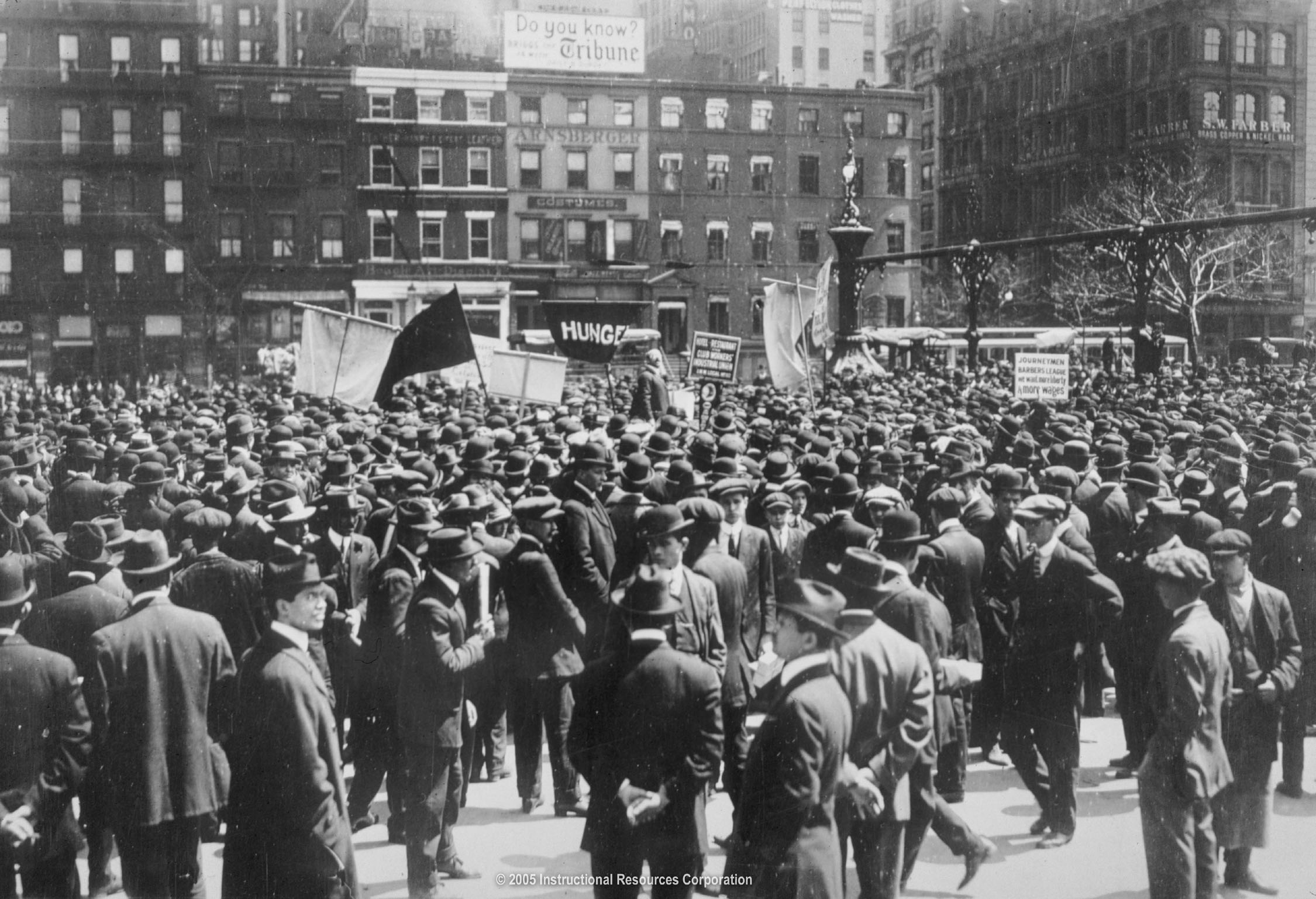
Learn more about the early labor organizations by reviewing the information provided at the links below:
Eugene V. Debs and American Socialism 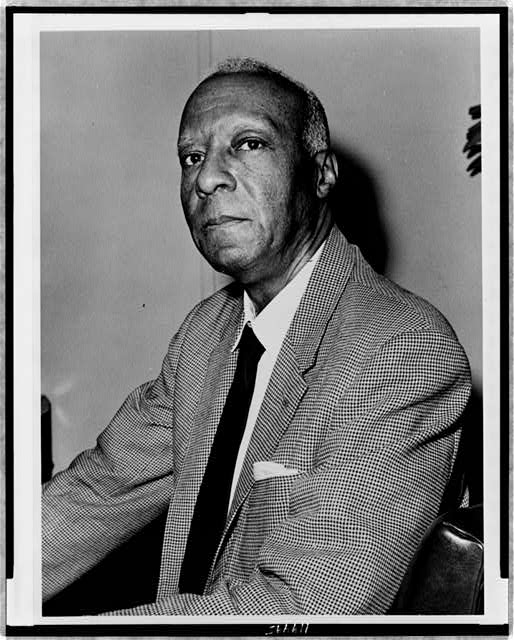 A. Phillip Randolph Thus far the lesson has focused on the formation of primarily white labor unions during the Gilded Age, but there were numerous African American labor unions that organized as well. One of the more well-known African American labor leaders was a man named A. Phillip Randolph. Under his leadership, the Pullman Porters were able to achieve fair treatment and standards for all members in the Brotherhood of Sleeping Car Porters. Read the information provided at the links below regarding A. Phillip Randolph: Photograph Citation: A. Phillip Randolph. Print. 1963. Lib of Congress. Web 25 February 2014. <http://www.loc.gov/pictures/item/97519529/>. |
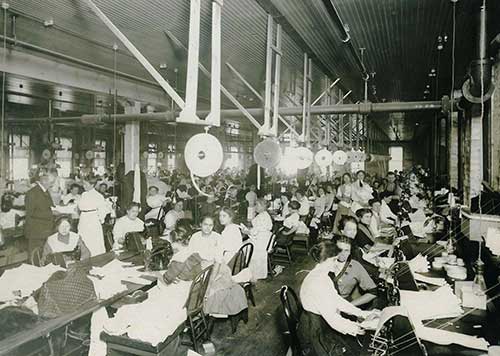
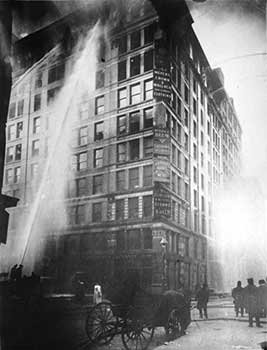
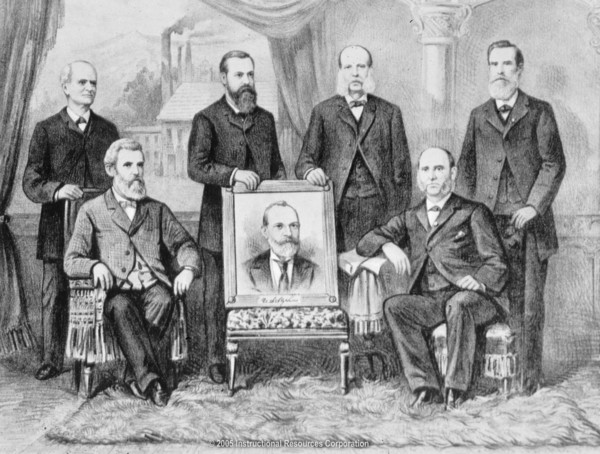

 Read
Read